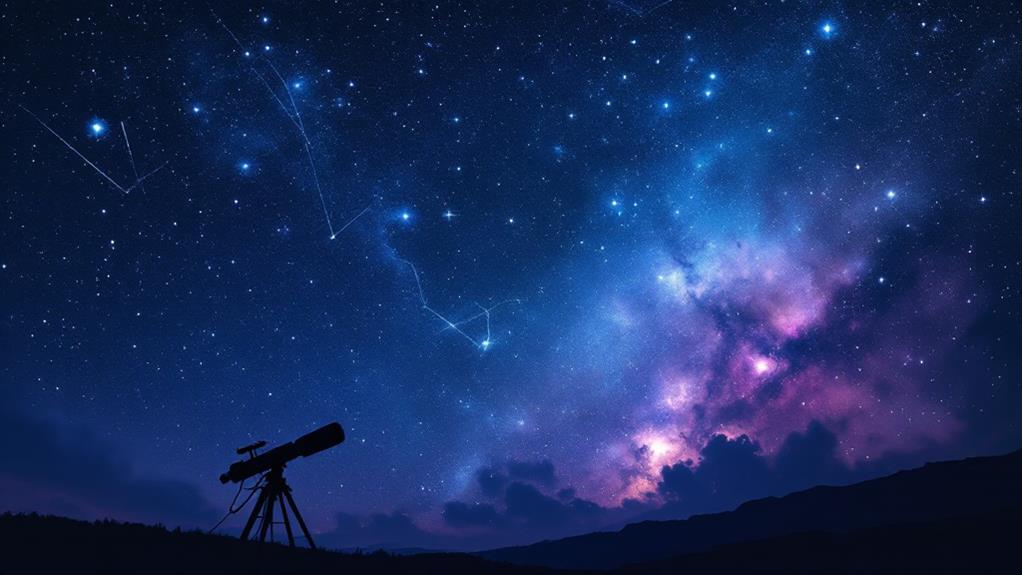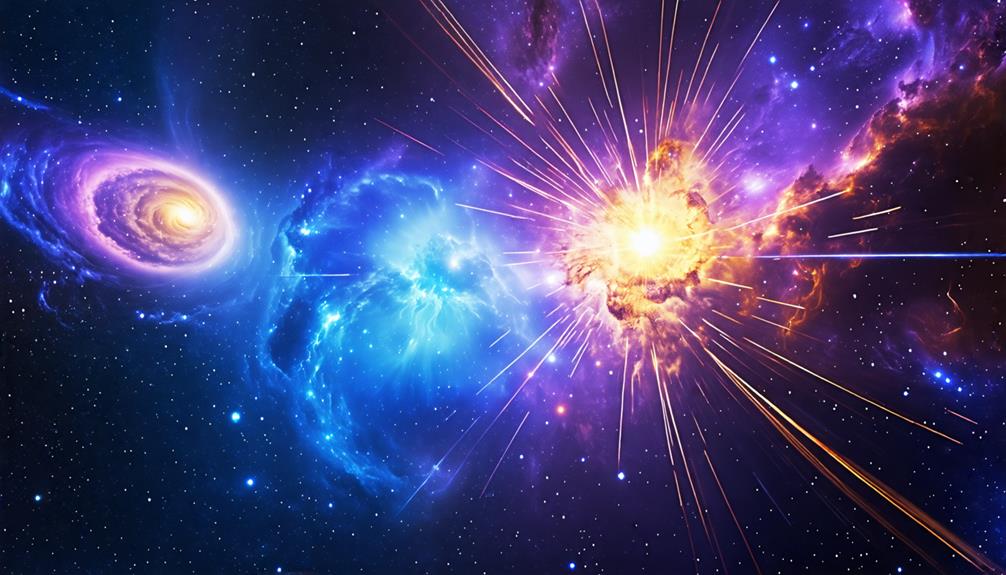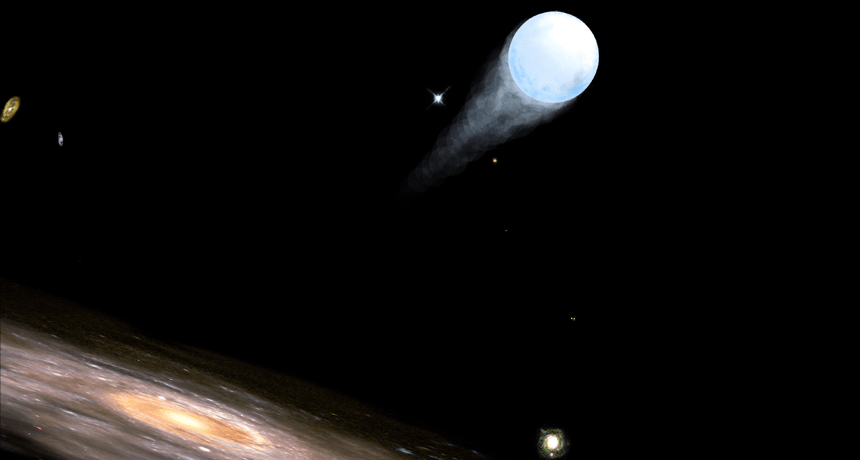Zombie Stars: How Exploded Stars Reignite Against the Odds
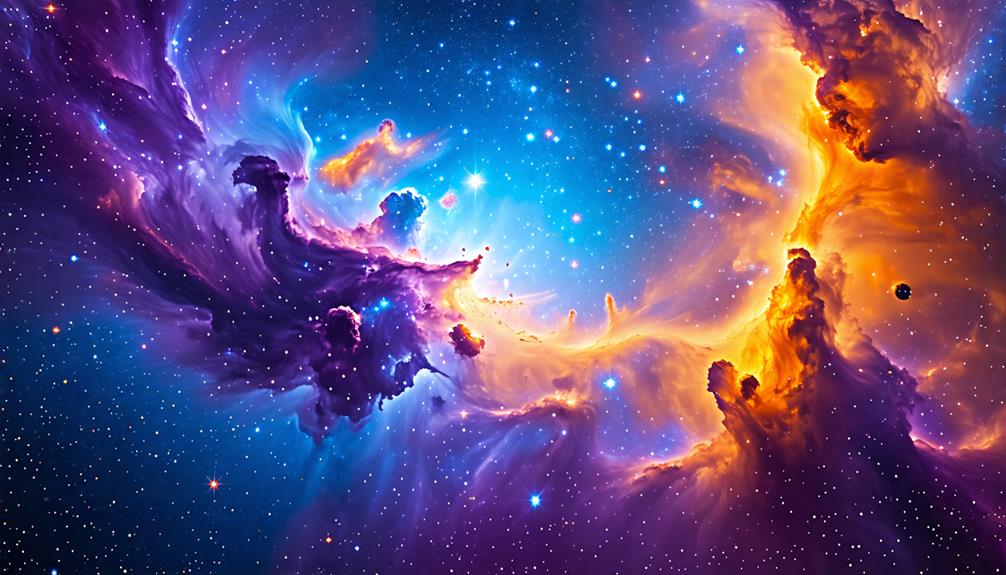
Typically, a star's explosion in a supernova is seen as the final chapter in its life cycle. However, zombie stars like iPTF14hls defy this notion by reigniting against all odds and exhibiting behaviors that challenge conventional astrophysical theories. Investigating these phenomena reveals the unexpected roles black holes play in the resurgence of these stars, shedding new light on cosmic element formation. What implications does this have for our understanding of stellar evolution? The answers might surprise you.
Discovery of Zombie Stars
In September 2014, astronomers announced the discovery of the first known zombie star, iPTF14hls, which astonished the scientific community by exploding multiple times over an extraordinary period of 600 days. This discovery significantly altered our understanding of supernovae and stellar evolution. Unlike typical supernovae, which fade after their initial explosion, iPTF14hls exhibited unusual brightness patterns with fluctuations rather than a steady decline. Remarkably, historical data suggest that this same star may have also exploded in 1954.
The luminosity of iPTF14hls was equivalent to about 100 million suns, categorizing it as one of the most massive and longest-lasting supernovae ever recorded. This unprecedented brightness and behavior challenge traditional theories that supernovae mark the definitive end of a star's life cycle. Instead, iPTF14hls and similar zombie stars indicate that some stars can reignite and continue to exhibit explosive activity long after their supposed demise.
Ongoing research aims to unravel the mysteries surrounding these enigmatic phenomena. Scientists are delving deeper into the characteristics of iPTF14hls to better understand stellar evolution and to investigate the mechanisms behind these recurrent explosive events. These studies are crucial for redefining our knowledge of the life cycles of stars.
Characteristics of Reignited Stars
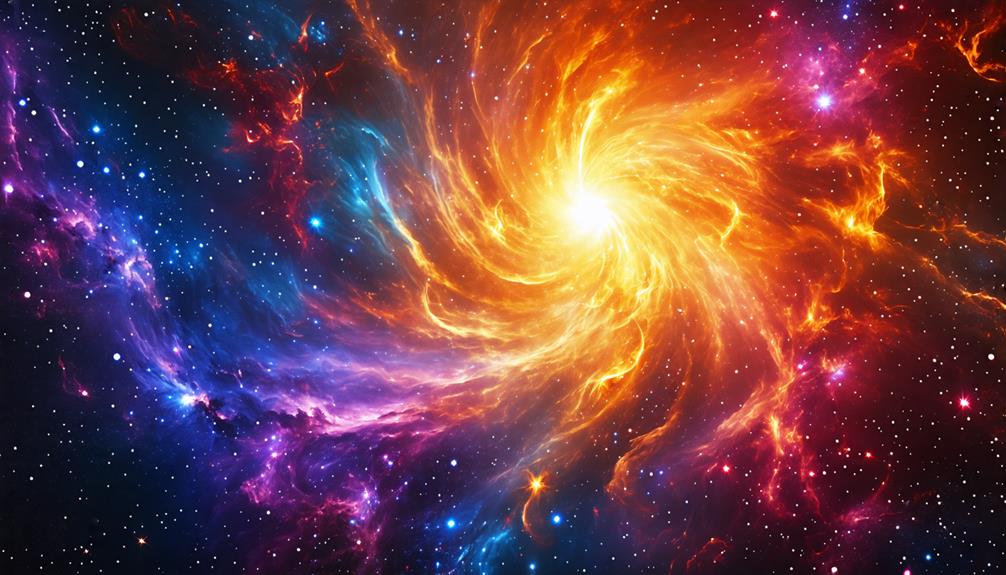
Reignited stars, often compared to zombie stars, exhibit unpredictable brightness fluctuations and behaviors that challenge traditional supernova models. These white dwarf stars can reignite following close encounters with black holes, resulting in fascinating electromagnetic and gravitational wave emissions. An example is the supernova iPTF14hls, whose brightness varies dramatically over time, defying the conventional fading patterns expected post-explosion.
The composition of reignited stars often includes heavy elements like iron, synthesized during their interactions with black holes. This process highlights the complex life cycle of these stars and demonstrates their ability to evolve even after a supernova event. Additionally, zombie stars may exhibit unusual orbital behaviors, such as retrograde rotation, caused by tidal forces during encounters with massive objects.
Studying reignited stars not only suggests new types of supernovae but also provides crucial insights into stellar evolution. These investigations deepen our understanding of how massive stars end their life cycles and the dynamic processes governing their interactions in the cosmos.
Mechanisms of Supernova Explosions
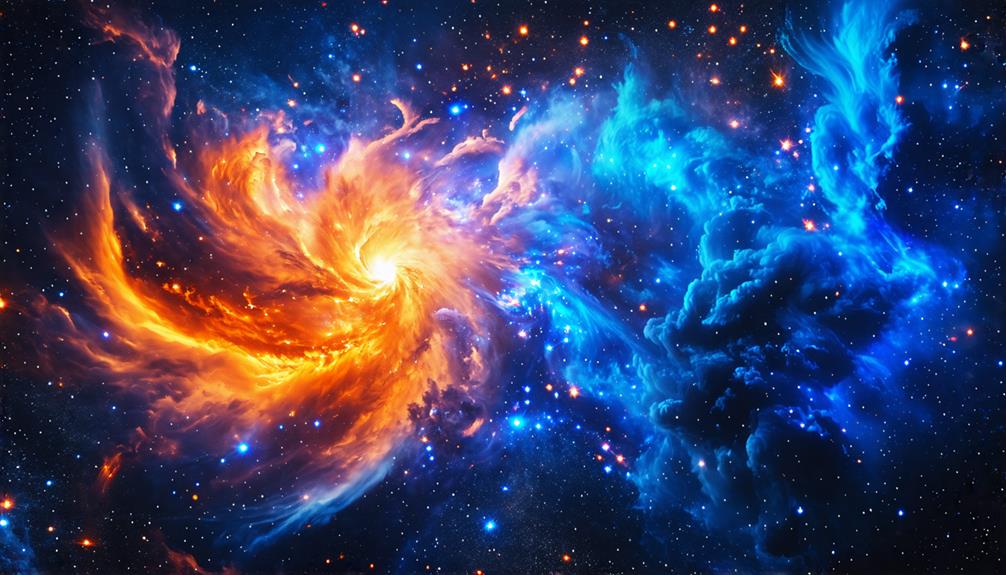
Investigating the mechanisms behind supernova explosions reveals that Type Iax supernovae operate differently from their more energetic counterparts. Furthermore, magnetic fields play a crucial role in shaping these explosive events. Understanding these dynamics sheds light on the intricate processes driving stellar evolution.
Type Iax Supernovae Dynamics
Type Iax supernovae result from the complex interplay between material accumulation from companion stars and the explosive dynamics within a white dwarf, leading to unique and slower outbursts compared to their more energetic counterparts. Unlike traditional Type Ia supernovae, these explosions arise from a gradual fusion process within specific regions of the white dwarf. This allows for the creation of heavier elements over an extended period through nucleosynthesis processes that can last for hundreds to thousands of years.
Material accumulation can occur when a white dwarf siphons gas from a companion star or through the merger of two white dwarfs. This interaction often results in significant energy releases, ejecting the star's outer layers in a less violent manner. Interestingly, Type Iax supernovae can exhibit multiple outbursts, as evidenced by the peculiar case of iPTF14hls, also known as the "zombie star," which challenges existing classifications of supernovae. These unique dynamics reveal a more complex behavior in stellar evolution, inviting further investigation to understand how these phenomena fit into the broader context of cosmic events.
Role of Magnetic Fields
Magnetic fields significantly impact the stability and evolution of white dwarfs, influencing their potential to undergo supernova explosions and possibly reignite fusion processes. These fields create a complex interplay that affects stellar behavior, leading to dramatic outcomes.
- Envision a white dwarf with its core pulsating with energy, as magnetic forces twist and turn its stellar material.
- Consider mass ejection events driven by magnetic dynamics, where the star expels material into space.
Delving into the mechanisms of supernova explosions, we see how strong magnetic fields contribute to the accumulation of material from companion stars or through stellar mergers. This accumulation can trigger significant energy release during detonations. Observations indicate that variations in magnetic fields can influence the rate of mass ejection, altering explosion characteristics. Ongoing research into these magnetic properties aims to enhance our understanding of stellar evolution, highlighting the pivotal role these unseen forces play in the life cycle of stars.
Unique Behavior of Zombie Stars
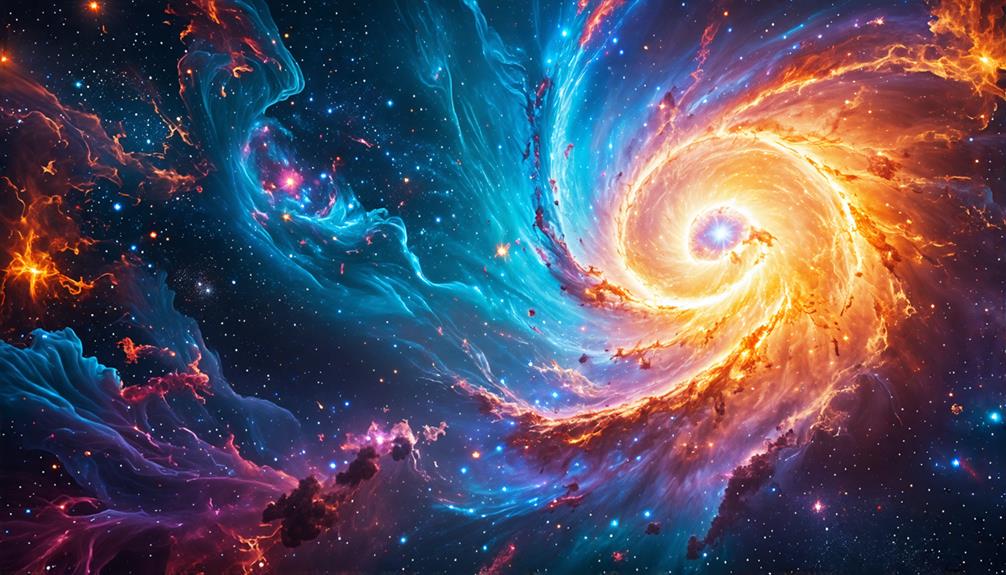
Zombie stars exhibit unusual brightness fluctuations that challenge conventional astrophysical expectations. These stars can reignite and shine brightly long after their initial explosions. A prime example is iPTF14hls, a supernova that displayed multiple explosions and brightness increases, unlike the typical dimming observed in stellar events. Remarkably, it remained luminous for hundreds of days, achieving a brightness equivalent to about 100 million suns, making it the most massive and longest-lasting supernova on record.
The pulsational pair instability model provides a possible explanation for this behavior, suggesting that extreme core temperatures in massive stars lead to partial explosions rather than a single catastrophic event. Observations of zombie stars challenge traditional theories about stellar life cycles, as they can still exhibit signs of hydrogen long after their initial detonation.
Implications for Stellar Evolution
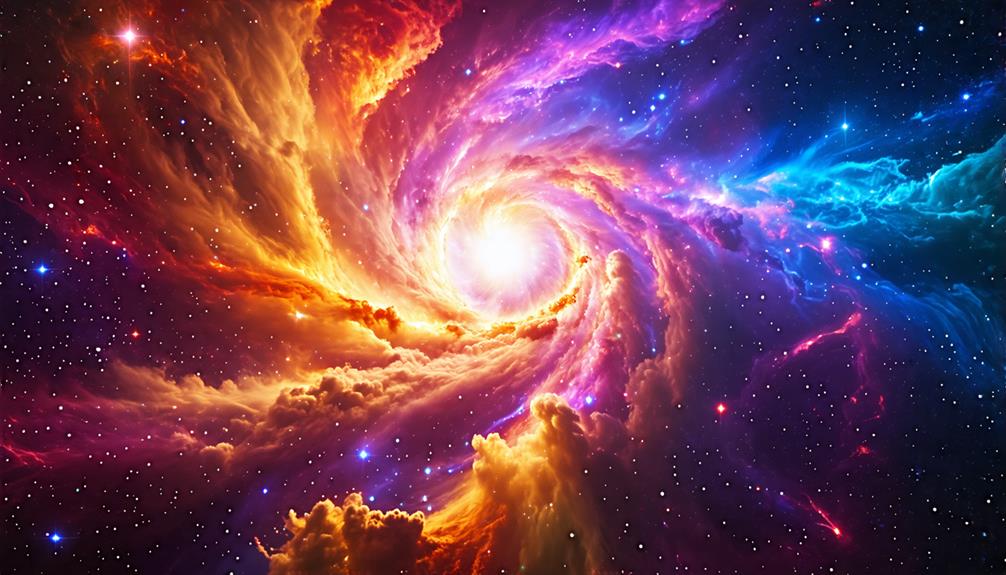
The discovery of stars that can reignite after their initial explosions profoundly impacts our understanding of stellar evolution, revealing unexpected complexities in their life cycles. These so-called "zombie stars" challenge traditional models, demonstrating that some stars can undergo multiple explosive events instead of a single supernova. This fundamentally changes how we view the life stages of massive stars.
- Picture a star flickering back to life, defying its expected demise.
- Visualize black holes drawing in stellar material, leading to the creation of new cosmic elements.
Researchers investigating these phenomena uncover how gravitational interactions with black holes can reignite fusion within these stars. The pulsational pair instability model explains the unique brightness patterns of stars like iPTF14hls, which exhibit prolonged luminosity rather than a gradual fade. Additionally, the absence of helium and the presence of carbon and oxygen suggest new evolutionary pathways that can lead to the formation of white dwarfs.
Observational Techniques in Research
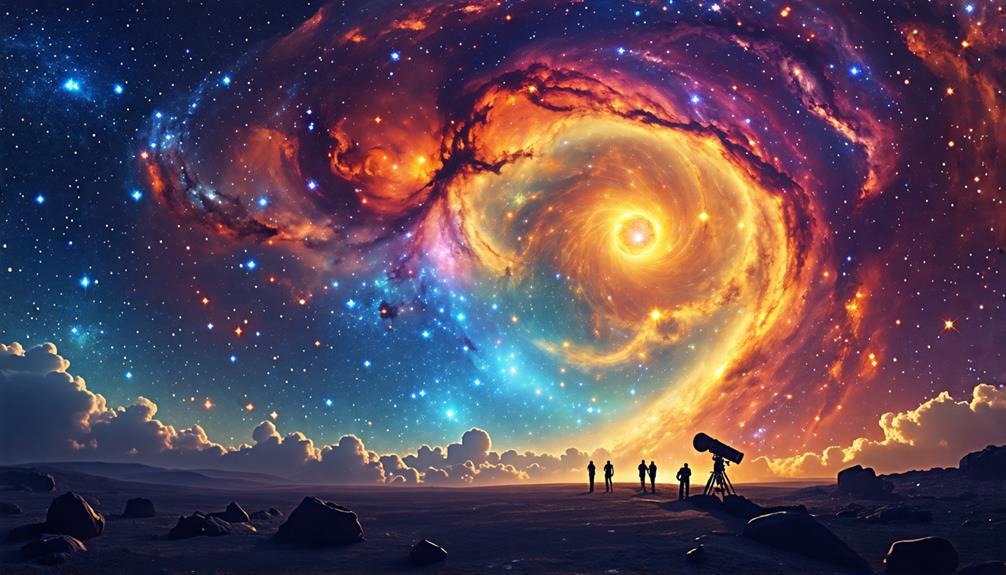
Understanding the complexities of zombie stars relies heavily on advanced observational techniques that allow astronomers to capture their dynamic behaviors and chemical compositions. Instruments like the Hubble Space Telescope provide detailed images and spectra of these fascinating objects. The Gaia spacecraft significantly contributes by identifying new white dwarf stars, often the progenitors of zombie stars.
Time-domain astronomy techniques are fundamental for monitoring the transient events associated with zombie stars. These methods enable astronomers to track changes and capture the unfolding dynamics of these stellar phenomena. Spectroscopy is another critical tool; it analyzes the light emitted by zombie stars, revealing their elemental makeup and the processes occurring within them.
Here is an overview of key observational techniques:
| Technique | Purpose |
|---|---|
| Hubble Space Telescope | Captures detailed images and spectra |
| Gaia spacecraft | Identifies new white dwarf stars |
| Time-domain astronomy | Monitors transient events |
| Spectroscopy | Analyzes the light emitted by zombie stars |
| Gravitational wave observatories | Understands stellar interactions |
These techniques collectively deepen our understanding of the enigmatic world of zombie stars.
Insights From Supercomputer Simulations
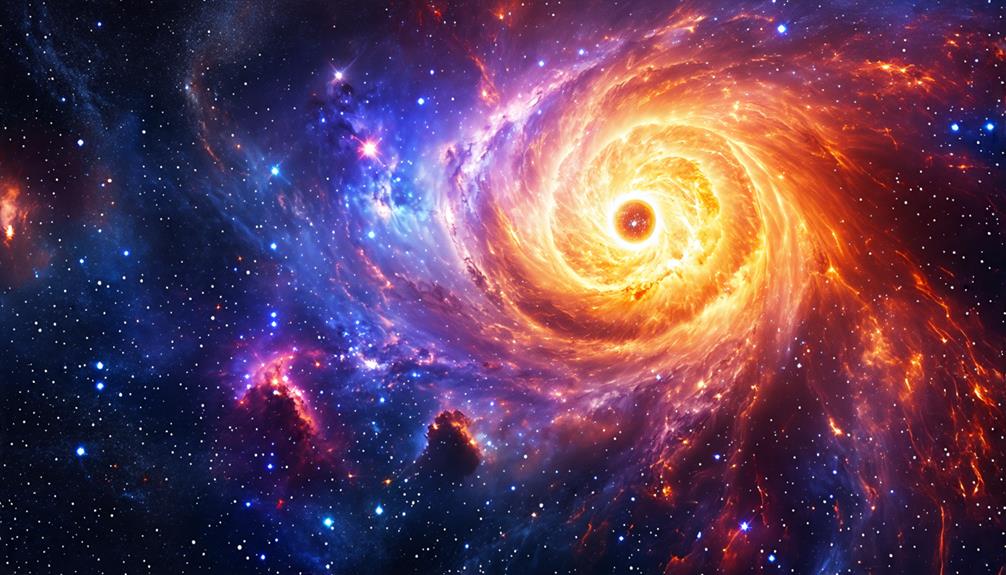
Supercomputer simulations at Lawrence Livermore National Laboratory have unveiled the dramatic effects of close encounters between dormant white dwarf stars and intermediate-mass black holes. These simulations show that such interactions can reignite these stellar remnants, leading to profound transformations.
- Envision a dormant white dwarf suddenly bursting back to life.
- Imagine tidal forces from a black hole stretching and compressing the white dwarf's matter like dough.
The simulations reveal that in optimal encounters, up to 60% of the stellar matter can convert to iron, particularly when the white dwarf comes within two to three radii of the black hole. These fully relativistic models highlight the delicate balance between compression and stretching forces. While compression can trigger a resurgence in the white dwarf, excessive gravitational stretching may tear it apart. The insights from these studies not only deepen our understanding of stellar evolution but also suggest that significant electromagnetic and gravitational wave emissions could be detectable from near-Earth orbit. Keep an eye on the sky—you never know what you might witness!
Nucleosynthesis and Element Formation
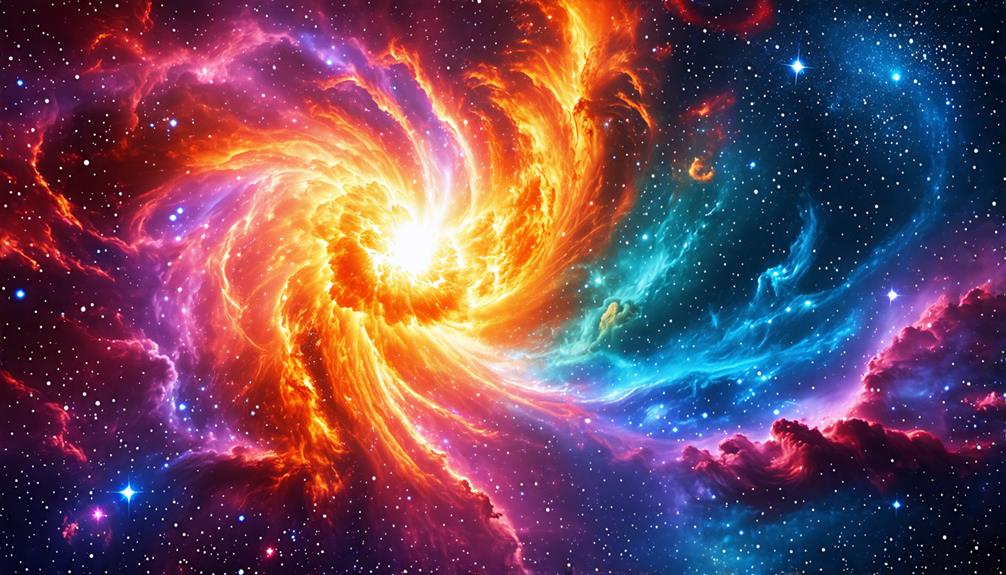
Nucleosynthesis in so-called "zombie stars"—stars that have had close encounters with black holes—alters their elemental makeup, synthesizing heavier elements like iron and calcium. During close interactions, intense tidal forces exerted by black holes compress the stellar material, enhancing nucleosynthesis processes. This can result in the conversion of up to 60% of the star's matter into iron, particularly within two to three black hole radii.
These interactions challenge traditional models of stellar evolution and supernova mechanisms. The altered elemental composition of these stars offers insights into the formation of elements present throughout the universe. The unique conditions near black holes facilitate the synthesis of heavier elements, highlighting an intriguing aspect of cosmic chemistry.
Understanding nucleosynthesis in zombie stars not only reveals the life cycle of these celestial bodies but also unravels the processes behind the formation of elements essential for life. This knowledge enhances our comprehension of cosmic element distribution, enriching the narrative of our universe's origins and evolution.
Future Research Directions
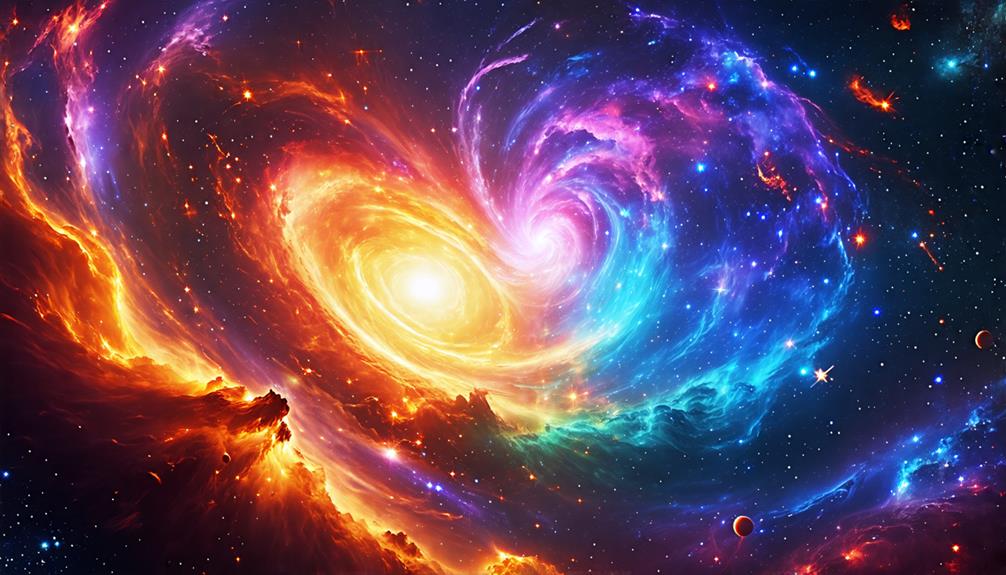
Future research on zombie stars aims to uncover the conditions that trigger the reignition of fusion in white dwarfs, offering new insights into stellar evolution. By focusing on these enigmatic phenomena, researchers will gain a deeper understanding of how these stars interact with their environments, including their relationship with intermediate-mass black holes.
Consider the following research avenues:
- The intense glow of a zombie star reigniting after eons of dormancy.
- Spectroscopic data revealing the hidden elements within white dwarfs.
International collaborations will enhance these findings, delving into the behavior and unique properties of zombie stars. Advanced observational techniques will be crucial, allowing researchers to monitor these stars across diverse wavelengths. Investigations will also address the intriguing absence of carbon in newly identified zombie stars, contributing to our understanding of stellar life cycles.
Broader Implications for Astronomy
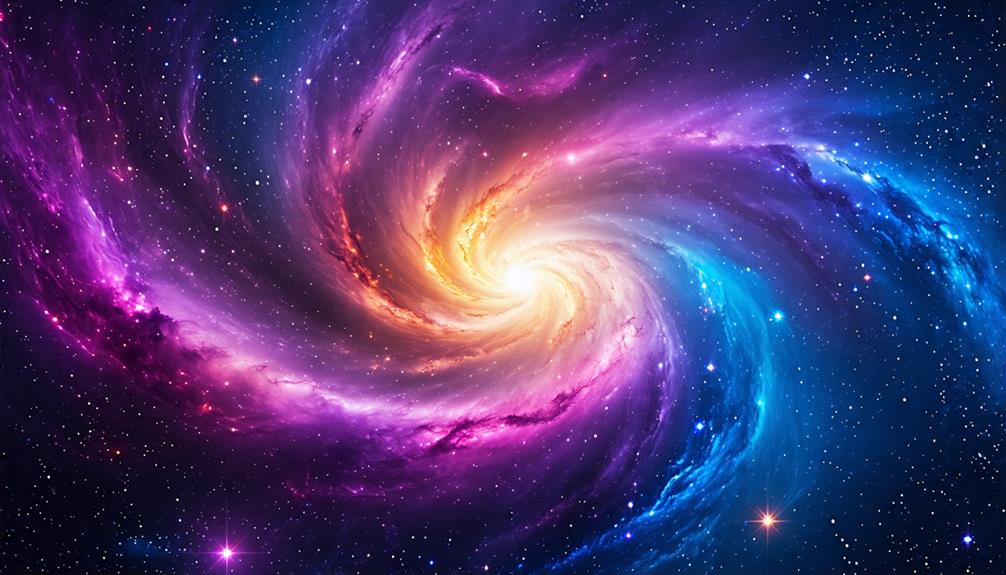
Zombie stars challenge our understanding of stellar evolution, revealing new dimensions in the life cycles of massive stars and their explosive fates. Their existence prompts us to rethink traditional theories about supernova explosions, showing that some stars can experience multiple explosive events instead of a single demise. This challenges our understanding of how stars evolve and ultimately influence black hole formation.
By studying zombie stars, we gain insights into the mechanisms behind supernova explosions and the conditions that allow stars to reignite. This research is crucial for comprehending nucleosynthesis processes that create fundamental elements like iron and gold. Additionally, it underscores the importance of supernovae in cosmic element distribution, as they disperse heavy elements into the interstellar medium, fostering the birth of new stars and planetary systems.
To fully grasp these phenomena, ongoing research emphasizes the need for advanced observational techniques, including spectroscopy and time-domain astronomy. These tools help us unravel the complexities of stellar evolution and their broader implications for galaxy formation and evolution. Ultimately, understanding zombie stars reshapes our view of the universe and its intricate processes.
Conclusion
Zombie stars like iPTF14hls challenge our traditional views of stellar life cycles. Their ability to reignite after a supernova and exhibit unpredictable behaviors opens new avenues for astrophysical research. By studying the mechanisms behind these phenomena, scientists can gain deeper insights into nucleosynthesis and the formation of heavy elements. Continued research on these remarkable stars will reshape our understanding of the universe's complex dynamics.

